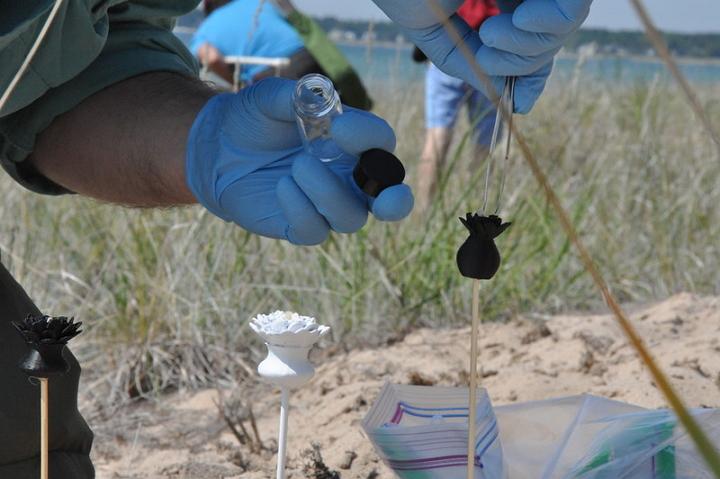Results 1 to 1 of 1
-
08-11-2015, 09:53 AM #1
3D Printed Flowers Throw Mother Nature a Bit of a Curve Ball
The slightest interventions in a bio-environment can have unintended - and far-reaching – consequences over time. The introduction of a weevil in the 1960s meant to control what was then considered a noxious thistle species also began destroying the Pitcher’s thistle, a necessary part of the pollination process along the shorelines of the Great Lakes. To combat the weevil, Pati Vitt and a team at the Harold Washington Library Center Maker Lab in Chicago created some 3D printed plants to mimic the look of the Pitcher’s thistle, and over the course of a year, the team designed 60 plastic flowers and analyzed the scent of the Pitcher's thistle. Last month the team placed their 3D printed versions of the thistle near a patch of the real flowers, and each of them was treated with a scent for testing. As the team observed the results, the 3D printed plant models were moved to the most advantageous locations and located randomly among the target plants. You can read the whole story here: http://3dprint.com/88382/3d-printed-thistles/







 Reply With Quote
Reply With Quote



Do bed magnets deteriorate.
04-29-2024, 01:35 AM in General 3D Printing Discussion